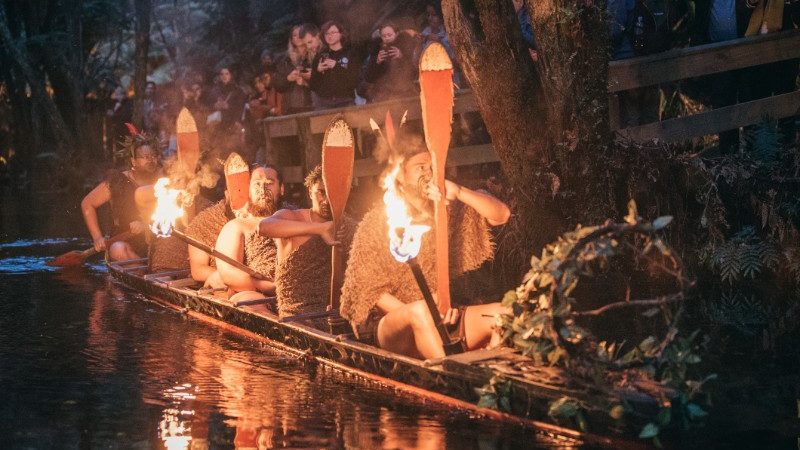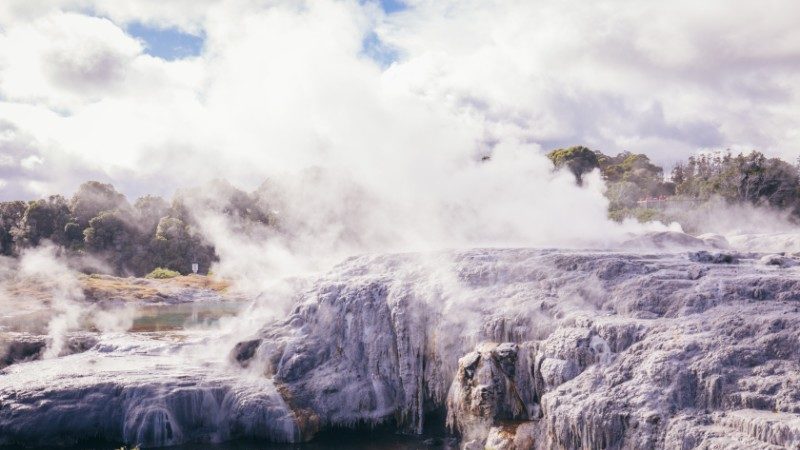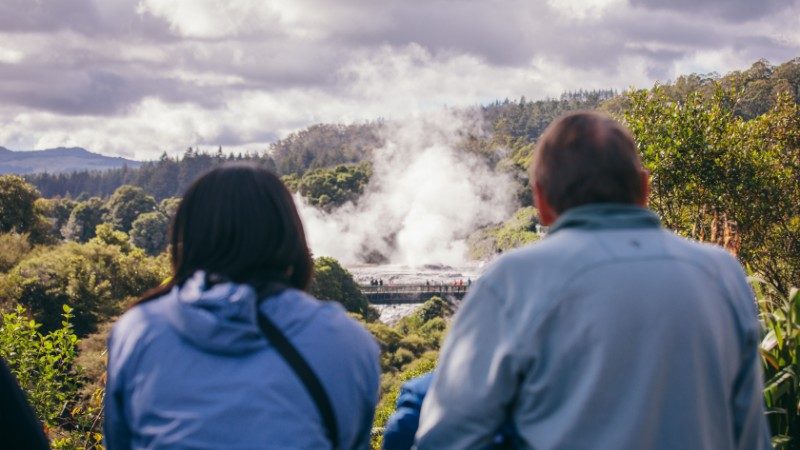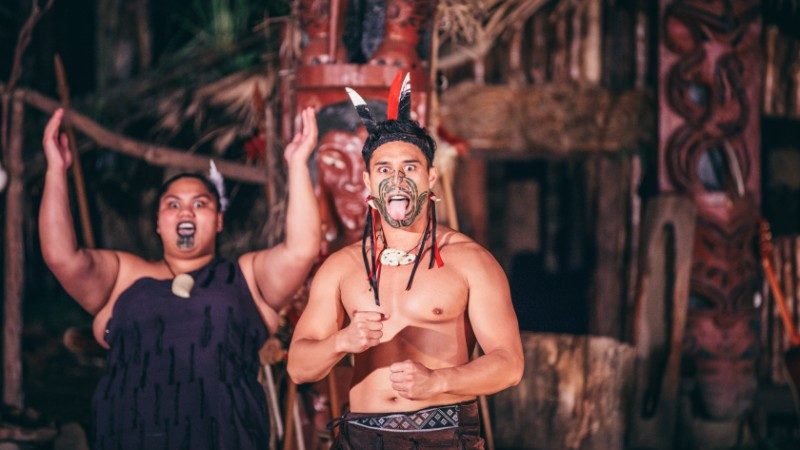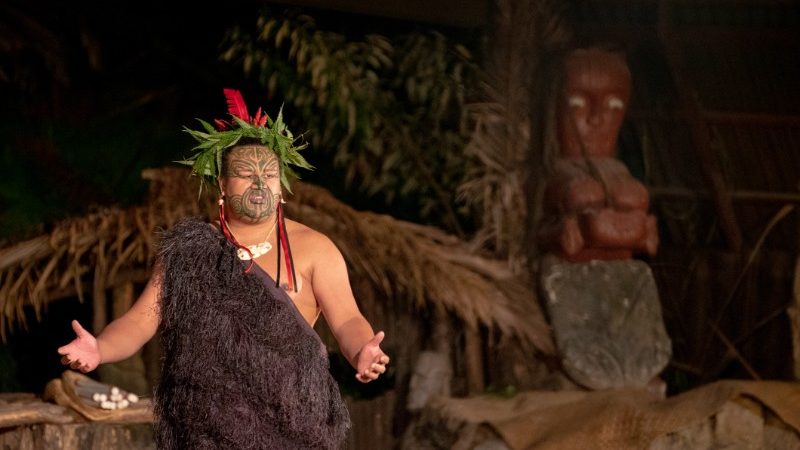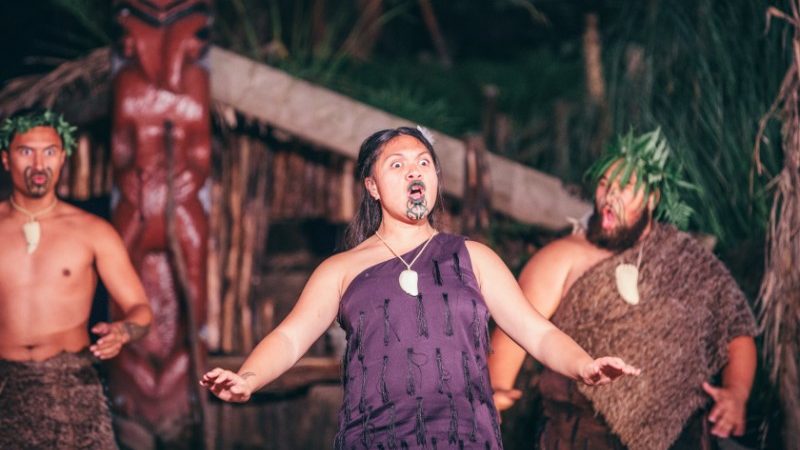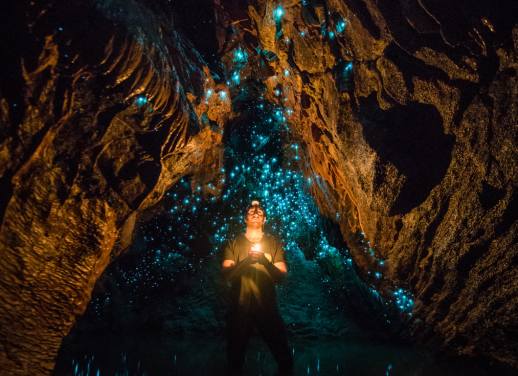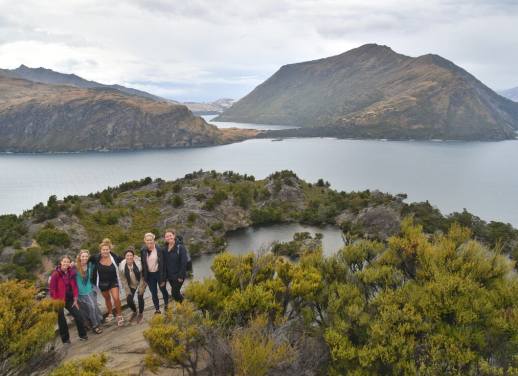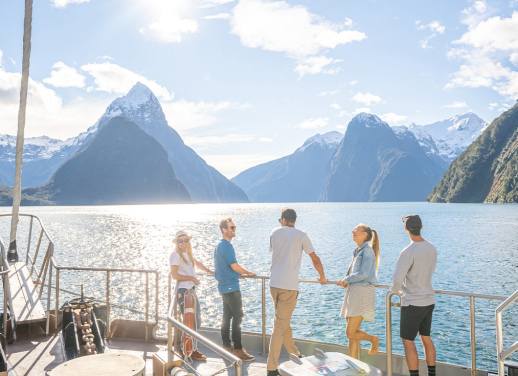“Good energy to you.” These words had been following me around all afternoon. And as I reluctantly made my way to Wellington airport in a cab, it occurred to me how ironic it was that after a week of so many first-hand insights into Maori culture – from the Maori people themselves – the one that reverberated the most came from a non-Maori tour guide.
But that’s New Zealand for you. I’ve never been to a Western country that celebrates its indigenous cultures with such gusto. It’s all around you from the moment you land, punctuated with a warm kia ora. And it comes in many forms.
The most profound encounters I had were in the Bay of Islands, Rotorua, and Wellington. In the Bay of Islands I was given a historical grounding by a young local history buff named Adam. “It’s not until you start to read about it that you realise that a lot of what started in New Zealand started up here,” he said, steering our small boat in to shore at Roberton Island. He was referring to the Treaty of Waitangi, the founding document of New Zealand as we know it, which was signed here in 1840 between British Crown representatives and 500 Maori chiefs. Adam’s history lesson made no bones about the brutality of those colonial years, with stories of Assassination Cove, the Hellhole of the North (now known as Russell), and a French massacre of some 250 local tribespeople. Against the idyllic backdrop of New Zealand’s “Winterless North,” it was a sobering account, and quickly put to rest any notion of a harmonious beginning to New Zealand.
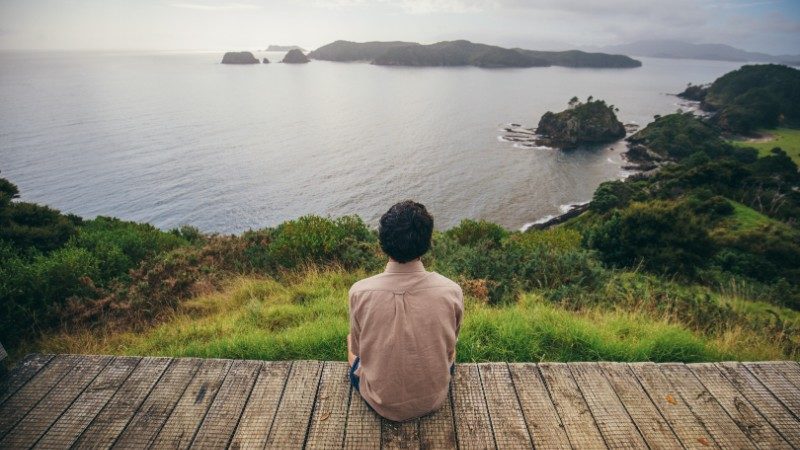
The Bay of Islands, where Maoris first encountered Europeans.
Next it was time for some cultural immersion, with the Maori people themselves. In Rotorua I was lucky enough to be shown around the grounds of Mitai Maori Village during the day, before the visitors arrived for the cultural performance and hangi feast we were to attend that evening. The atmosphere created by the puna, the freshwater spring, took me by surprise. In the light of day, it was the clearest water I had ever seen. Tania, our host, said this pool used to be used as a pre- and post-battle bath for Maori warriors, and it was pretty hard to imagine this perfect pool sullied by the claret of a wounded tribesman. We would drink this same water later with our dinner, and it was every bit as good as Tania said it was.
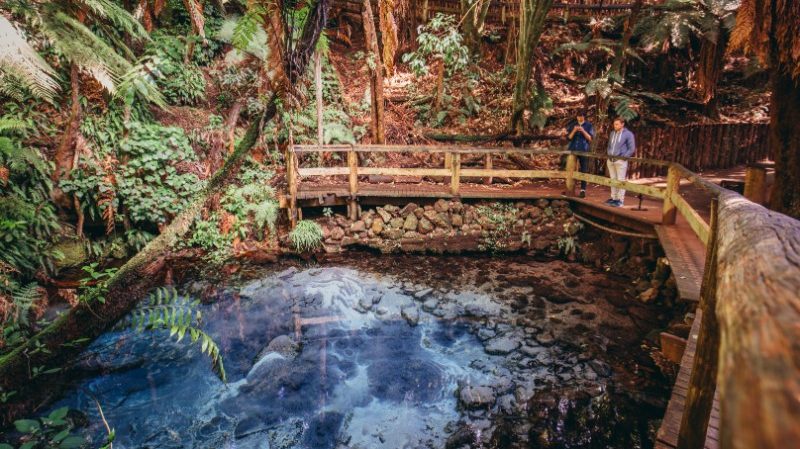
The freshwater spring at Mitai Village, Rotorua
I caught my friend Brendan coming down the hill after his first glimpse of the spring. He was beaming. “I got goose bumps as I was walking down there. You can just… feel something.” Whether this was a portal to the underworld in just the literal sense, or in the deeper sense that Tania had implied, its atmosphere was undeniably special. Call it an aura if you want. She said it pumped 24,000 litres a day, which I couldn’t really get my head around, because its flow was so gentle and steady, barely causing a ripple.
Less subtle was the geology of Te Puia, another, larger collection of sacred Maori grounds nearby. This place was wilder, more volatile. Our guide, a direct descendant of the land’s traditional owners, matter-of-factly explained how sought-after this particular chunk of land was. It had caused in-fighting among local tribes. And with the blissful geothermal heat coming off the rocks and warming our faces (“This weather is so hard to dress for,” Brendan kept saying), I could see why.
CHECK OUT INTREPID’S SMALL-GROUP ADVENTURE ON NEW ZEALAND’S NORTH ISLAND
The most famous geyser at Te Puia is Pohutu, and it’s the largest regularly erupting geyser in the southern hemisphere. By the time she blew, we had already moved some distance away. But viewing the eruption from a bit further away did have its perks – a bit of landscape perspective, plus a beautiful lack of sulphur smell.
By evening we were back at Mitai Village, preparing for the cultural performance and hangi feast. First we got a sneak peek at our enormous hangi, which had been roasting under the ground – the “old school” way, as Tania quipped. Whole chickens and stuffing and lamb and potatoes were laid out in a great bounty. Then we were seated for the show, in which a Maori chief commanded a large troupe of performers, stopping occasionally for educational monologues on tribal life. There was music, there was dancing, there was (simulated) warfare, there were occasional gasps, and raucous laughter.
RELATED: WHY NEW ZEALAND’S NORTH ISLAND IS THE TRIP OF A LIFETIME
I hate to be predictable, but the haka, the Maori war dance, was very close to stealing the show. Watching the All Blacks rugby team do it on a screen is one thing, but when your eyes lock with a wide-eyed warrior in the flesh, you actually feel intimidated, even if you’re embedded in a crowd (and probably aren’t being looked at directly). But there were many other highlights, like the raw power of the three-part (five-part?) harmonies of the female singers. And the part where Brendan, who was chosen as chief of the visiting tribe, gave his gratitude, on stage, to the actual chief. He didn’t look intimidated at all.
Better him than me, I was thinking. That chief was honour and pride and greatness personified, and everything he had just taken us through, in his booming, rhythmic meter, screamed respect, dignity, a love of family, a devotion to the earth and to ritual music. All the things I love more and more as my twenties disappear in the distance. Yes, better Brendan than me, I thought, only to conduct a frighteningly impromptu face-to-face interview with chief myself. During this chat he told me that the whakapapa, or ancestry worship, was his favourite part of his own culture. And when I asked him about the apparent incorporation of modern instruments like guitars, he told me they like to keep that kind of thing to a minimum. “We like to sing with nature, with the birds.” Deeply moved, I was no less terrified.
DISCOVER BOTH NORTH AND SOUTH ISLANDS ON INTREPID’S EPIC 22-DAY NEW ZEALAND ADVENTURE
Finally, it was on to the capital, where our North Island dreams were drawing to a close. After a bit of “research” on the local craft beer and a bit of time to digest our experiences, I went to Te Papa Tongawera, the mother of all Kiwi museums. Between its Maori collections and new Toi Art gallery, I spent two days there. And after all that information – the traditional garb of ferns and kiwi feathers, the whalebone weapons, the houses woven from flax fibre, the shrewd take-up of Western technology – it was the earthiness of the culture that struck me the most. I was looking at a massive chunk of jade, the volcanic by-product that holds great significance in the Maori world, both practically and spiritually. My guide invited me to help polish the stone. “The Maori believe that when you touch the stone you leave part of your energy embedded in it, and also take its energy with you. It brings good luck. So good energy to you.”
Ready to explore New Zealand? See all of Intrepid’s small-group Kiwi adventures here.
All images by Damien Raggatt.

